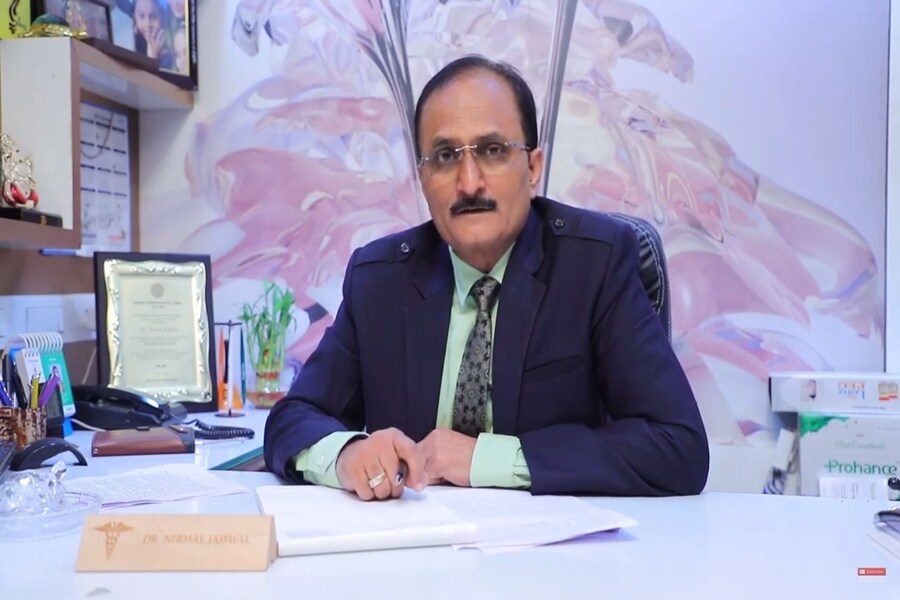
Hypertension in Indians
There is a substantial need for the improvement of detection and management of hypertension in order to prevent chronic diseases and associated mortalities, says Dr Nirmal Jaiswal

Hypertension is the most important risk factor for chronic disease burden across the world. Global burden of diseases study in year 2017 reported high systolic BP as the leading risk factor across the globe that accounted for 10.2 million deaths. Indians are more prone to hypertension and heart disorders, and are affected at a younger age than the Europeans. The fourth District Level Household Survey reports an overall prevalence 25.3 per cent for hypertension in India that translates to around 207 million individuals.
The rapid economic growth of India has been accompanied by demographic, lifestyle and cultural changes which in turn has significantly impacted the health status of Indians. There are a number of key determinants for prevalence of hypertension in Indian population such as advancing age, changing lifestyle and dietary patterns, fitness status, alcohol intake, tobacco use, comorbidities, etc. Thus, there is an enormous challenge and an opportunity to improve the health status and prevention of chronic disease burden among Indians.
Sponsored by USV Pvt. Ltd.
Hypertension: Going Hand In Hand With Diabetes
Reportedly, people with diabetes are about twice as likely to have high blood pressure than the non-diabetics. At an average every two of the three diabetics will have hypertension too. In diabetes, an over supply of sugar and insulin in the body causes inflammation, which then damages and stiffens your artery lining, allowing plaque to build up. This process eventually increases your risk of hypertension, heart attacks and strokes. It is widely believed that someone who has high body fat content, is obese, eats high-sodium diet or follows a sedentary lifestyle is vulnerable to both these conditions. Diabetes along with hypertension can be lethal as they heighten the risk of further complications including heart attack or a stroke, kidney diseases and visual impairment.




